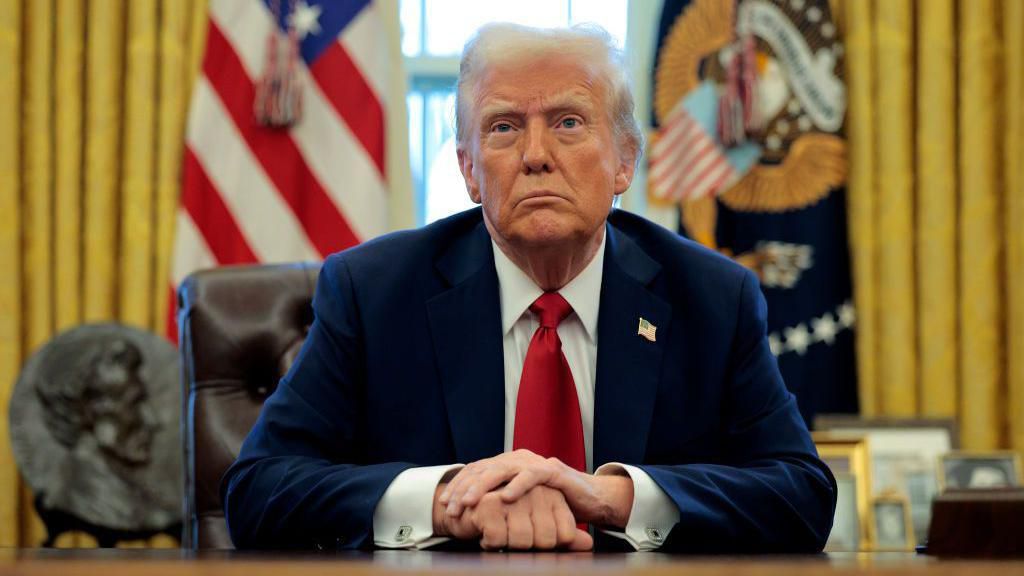Peripheral Vascular Stent Market Expected to Reach USD 8.87 Billion by 2034
The global peripheral vascular stent market, valued at USD 4.26 billion in 2024 to reach USD 8.87 billion by 2034, at a CAGR of 7.60%. The self-expanding segment is the most lucrative segment with a growth rate of 52.40% over the forecast period 2025 to 2035. The peripheral vascular stent industry in China is predicted to grow at a CAGR of 10.30%. Key players include Medtronic Plc, Cardinal Health, Inc., and B. Braun Melsungen AG.
The peripheral vascular stents market has emerged as a pivotal segment within the broader field of cardiovascular devices. Peripheral vascular stents are used in the treatment of diseases that block or narrow blood vessels outside the heart and brain. These medical devices are essential for restoring normal blood flow in arteries and veins affected by peripheral artery disease and other vascular disorders. As healthcare systems globally continue to invest in advanced interventional procedures, the peripheral vascular stents market is witnessing a notable surge in demand.
Technological innovations, rising prevalence of vascular disorders, and growing patient awareness are among the key drivers contributing to the expansion of the peripheral vascular stents market. Hospitals and specialized cardiac care centers are increasingly relying on minimally invasive techniques that make use of these stents, offering patients quicker recovery and fewer complications. Additionally, the aging population and lifestyle-related conditions such as obesity and diabetes further increase the incidence of peripheral vascular diseases, creating steady demand for effective treatment solutions.
Healthcare reforms in both developed and developing nations are contributing to enhanced access to advanced medical interventions, including stenting procedures. This expansion of healthcare coverage supports the continued growth of the peripheral vascular stents market. Moreover, government initiatives focusing on non-communicable diseases add momentum to the market’s progression.
A number of evolving trends are shaping the trajectory of the peripheral vascular stents market. One of the most prominent is the shift towards drug-eluting stents over traditional bare-metal variants. Drug-eluting stents are designed to reduce the risk of restenosis by gradually releasing medication that prevents tissue growth within the stent. This advancement has led to improved patient outcomes and long-term vessel patency, thereby driving adoption rates.
Another significant trend in the peripheral vascular stents market is the growing emphasis on biodegradable and bioresorbable stents. These devices are engineered to dissolve over time after their function is fulfilled, leaving behind no permanent implant. Such stents reduce long-term complications and may be preferable in younger patients or in regions with limited access to long-term follow-up care.
Technological integration, such as advanced imaging and robotic-assisted procedures, is also influencing the peripheral vascular stents market. Enhanced precision during implantation improves success rates and reduces the likelihood of post-operative complications. The rise of telemedicine and remote patient monitoring is indirectly supporting the stents market by allowing early diagnosis and follow-up, increasing treatment compliance.
Despite its growth, the peripheral vascular stents market faces certain challenges that manufacturers and healthcare providers must navigate. One key concern is the potential for complications such as stent thrombosis or restenosis, especially in patients with co-existing conditions. While drug-eluting stents have mitigated some of these risks, the need for long-term clinical data remains critical to justify widespread use.
Another challenge lies in regulatory complexities and approval timelines, especially for newer materials and technologies. The high cost of advanced stents can be a deterrent in price-sensitive markets, limiting their accessibility to a broader patient base. Additionally, reimbursement frameworks vary greatly between regions, influencing the adoption rate of stent procedures.
Nevertheless, the peripheral vascular stents market is rife with opportunities. Emerging markets offer a fertile ground for growth as healthcare infrastructure continues to improve. Innovations focused on cost-effective yet high-quality stents can open new revenue streams in these regions. Collaborations between medical technology companies and research institutions are also likely to accelerate product development and market entry.
Personalized medicine and precision-based treatments offer new dimensions for the peripheral vascular stents market. With the use of advanced analytics and patient-specific data, customized stents could become a future reality, promising enhanced efficacy and safety profiles. Furthermore, rising investments in R&D create pathways for the next generation of vascular stents, offering hope for solving longstanding challenges in vascular interventions.
Geographical analysis of the peripheral vascular stents market reveals interesting dynamics. North America continues to dominate due to its robust healthcare infrastructure, high healthcare expenditure, and widespread adoption of minimally invasive procedures. The presence of leading medical device manufacturers also ensures a steady flow of new product launches and clinical innovations in this region.
Europe follows closely, benefiting from a strong focus on preventive healthcare and the widespread prevalence of vascular diseases, especially among the elderly population. Government-backed healthcare systems support large-scale screening and treatment programs, which bodes well for the peripheral vascular stents market.
In Asia-Pacific, the market is growing rapidly due to factors like increasing healthcare awareness, improved hospital infrastructure, and rising incidences of chronic conditions. Countries such as China and India are experiencing significant healthcare transformations, and their large populations present a vast patient pool. Moreover, regional manufacturers are entering the peripheral vascular stents market with cost-competitive offerings, increasing the availability of affordable solutions.
Latin America and the Middle East & Africa regions are also showing potential, although the market is at a comparatively nascent stage. In these regions, international collaboration and investment will play a crucial role in enhancing access to quality vascular care.
The competitive landscape of the peripheral vascular stents market is characterized by intense rivalry and continuous innovation. Major players are focused on expanding their product portfolios through mergers, acquisitions, and strategic partnerships. Innovation is central to staying competitive, with companies investing heavily in research and clinical trials to launch next-generation stents that offer better safety, efficacy, and usability.
Another key aspect of competition in the peripheral vascular stents market is the ability to navigate regulatory hurdles and obtain timely approvals. Companies with established regulatory expertise tend to enjoy a faster time-to-market, giving them an edge in launching breakthrough products. Customer service, physician training programs, and post-market surveillance also add value to a company’s standing in the marketplace.
Start-ups and mid-sized companies are making their presence felt by targeting niche areas and offering specialized solutions, such as bioabsorbable stents or stents designed for specific anatomical challenges. These firms often collaborate with academic institutions and leverage grants or public funding to support their R&D efforts.
Several prominent companies lead the peripheral vascular stents market. These include multinational corporations with a global footprint and extensive R&D capabilities. These companies continuously work on improving their technologies, expanding geographically, and meeting regulatory standards in different markets.
Some of the market leaders have been at the forefront of introducing drug-eluting technologies and biodegradable stents. Their comprehensive product portfolios cater to a wide range of vascular conditions, enabling them to maintain a strong market presence. Furthermore, their investment in clinical research helps validate the long-term safety and performance of their products, giving them a competitive advantage.
Alongside global leaders, regional companies are carving out space in the peripheral vascular stents market by offering cost-effective solutions. These companies play a vital role in increasing accessibility and affordability, particularly in emerging economies where healthcare budgets are constrained.
The peripheral vascular stents market can be segmented based on several factors including type, material, end-user, and geography. In terms of type, the market comprises balloon-expandable stents and self-expanding stents. Each type has its unique applications depending on the anatomical location and complexity of the vascular blockage.
Material segmentation includes nitinol, stainless steel, and other advanced alloys. Nitinol stents are favored for their flexibility and shape memory, making them ideal for tortuous vessels. On the other hand, stainless steel stents offer robustness and are often used in larger vessels.
End-user segmentation reveals a predominance of hospitals and specialty clinics as the primary users of peripheral vascular stents. These facilities are well-equipped with diagnostic and interventional tools, making them ideal settings for stent implantation procedures.
Geographical segmentation reflects varying market maturity levels, with developed regions focusing on high-end technology and developing regions prioritizing cost-effective and scalable solutions. This diversity creates room for product differentiation and targeted marketing strategies within the peripheral vascular stents market.
Future Market Insights, Inc. (ESOMAR certified, recipient of the Stevie Award, and a member of the Greater New York Chamber of Commerce) offers profound insights into the driving factors that are boosting demand in the market. FMI stands as the leading global provider of market intelligence, advisory services, consulting, and events for the Packaging, Food and Beverage, Consumer Technology, Healthcare, Industrial, and Chemicals markets. With a vast team of over 400 analystsworldwide, FMI provides global, regional, and local expertise on diverse domains and industry trends across more than 110 countries.
Future Market Insights Inc.
Christiana Corporate, 200 Continental Drive,
Suite 401, Newark, Delaware – 19713, USA
T: +1-347-918-3531
[email protected]
Website: https://www.futuremarketinsights.com
LinkedIn| Twitter| Blogs | YouTube










